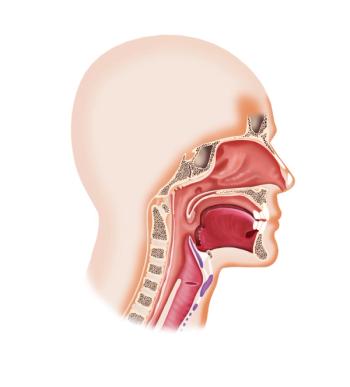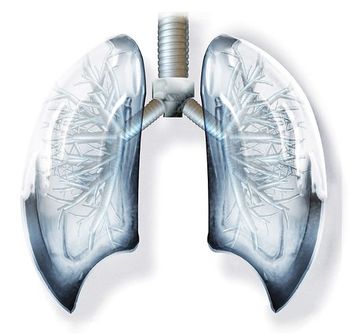
Study Provides Details on Death With Dignity Act Utilization, Efficacy
In Oregon, the number of physician-aided dying prescriptions has increased annually since the passing of the state’s Death with Dignity Act in 1997.
In Oregon, the number of physician-aided dying (PAD) prescriptions has increased annually since the passing of the state’s Death with Dignity Act (DWDA) in 1997, according to the results of a study
“We believe PAD is a promising area for formal, prospective research,” wrote Charles Blanke, MD, chair of the Southwest Oncology Group in Portland, Oregon, and colleagues. “It would be helpful to understand why patients prescribed lethal medications do or do not take them, whether an algorithm can be derived to advise patients on how long the medications will require to work, and whether we can better palliate end-of-life concerns, avoiding or delaying PAD.”
The DWDA has several requirements designed to protect patients and physicians. Among those requirements are a life expectancy of less than 6 months, the capability of making and communicating healthcare decisions, and being able to self-administer the medication. With this study, Blanke and colleagues wanted to determine the usage and efficacy of PAD in order to inform other cancer care delivery research areas.
The researchers studied data from the Oregon Health Authority on residents who had PAD prescriptions written as part of DWDA. Between 1998 and 2015, there were 1,545 prescriptions written and about two-thirds of patients (64%) ingested the medication and died. During this time the number of PAD prescriptions increased annually at an average rate of 12.1%. Between 2014 and 2015 the rate of prescriptions increased by 28% to 41%. Pure pentobarbital was commonly used until 2012 when it was no longer available; secobarbital accounted for 58.5% of deaths.
“Though the rate of prescriptions written annually has increased steadily, this was not a result of simple growth in the Oregon resident population or increases in cancer death rates-both increasing by approximately 1.0% from 2014 to 2015,” the researchers noted. “Presumably the increase was at least in part related to further social acceptance of the DWDA.”
Of the patients who ingested the medication, 5.3% were referred to psychiatrists for determination of competence. The majority of patients who ingested the medication informed their families of their intentions (93.5%) and took the medicine at home (94.0%).
“Although few patients were referred for psychiatric evaluation with questions of competency, increasing access to therapists and counseling for other purposes (eg, meaning-centered group psychotherapy, which has been demonstrated to improve spiritual well-being and end-of-life sense of meaning), could substantially help patients considering PAD,” the researchers wrote.
Between 1998 and 2010, information on drug effectiveness and complications was requested for all patients. These data showed a median time to coma of 5 minutes and a median time to death of 25 minutes (range, 1 minute to 4 days). Vomiting occurred in only 2.4% of patients. Overall, the efficacy of the medications was 99.4%.
The most common underlying illness was cancer (77.1%). There were a variety of reasons for requested DWDA medication: 91.6% of patients perceived loss of autonomy, 89.7% were unable to participate in enjoyable activities, and 78.7% had a loss of dignity. Only about one in four patients stated inadequate pain control as a reason for their decision.
Newsletter
Stay up to date on recent advances in the multidisciplinary approach to cancer.



















































































